Here goes another US craft brewer. The sale of San Diego’s craft brewer Stone to Japan’s fourth-ranking Big Brewer Sapporo was not exactly predictable but certainly highly plausible. Think of it: Who else would buy a largeish craft brewer these days? Only the Japanese.
Despite Greg Koch touting that he will never sell, on 24 June 2022, Sapporo Holdings announced that it will acquire craft brewer Stone for USD around 168 million. Based on Stone’s 2021 beer production of 326,000 barrels (380,000 hl), the deal puts a USD 505-per-barrel price tag on the company.
This is far less than Boston Beer paid for Dogfish Head in 2019 (USD 1,100 per barrel). It is also lower than the USD 660 per barrel that Monster Energy spent to acquire CANarchy Craft Brewery Collective’s 500,000 barrels of production earlier this year.
Interestingly, Sapporo was adamant to point out that they will not take on any of Stone’s debt of USD 464 million.
As says goodbeerhunting.com, the sale represents a resolution to Stone’s multi-year search for a buyer. Mr Koch announced in a lengthy blog post on 24 June that he will step away from the company “soon” after a nearly 30-year career.
Sapporo, which already owns San Francisco’s Anchor brewery, will acquire Stone’s two breweries in San Diego, California, and Richmond, Virginia, its seven taprooms as well as its restaurant business. Its distribution business is not included in the deal. Most likely, Stone wanted to sell both the brewery and distributorship together.
Brewbound.com drew attention to the fact that Sapporo is buying Stone while it remains locked in litigation over its trademark infringement lawsuit against Molson Coors. In late March, a jury awarded Stone USD 56 million. Both parties have since piled up post-trial motions. The federal judge in the case recently ordered the two companies to work out an injunction.
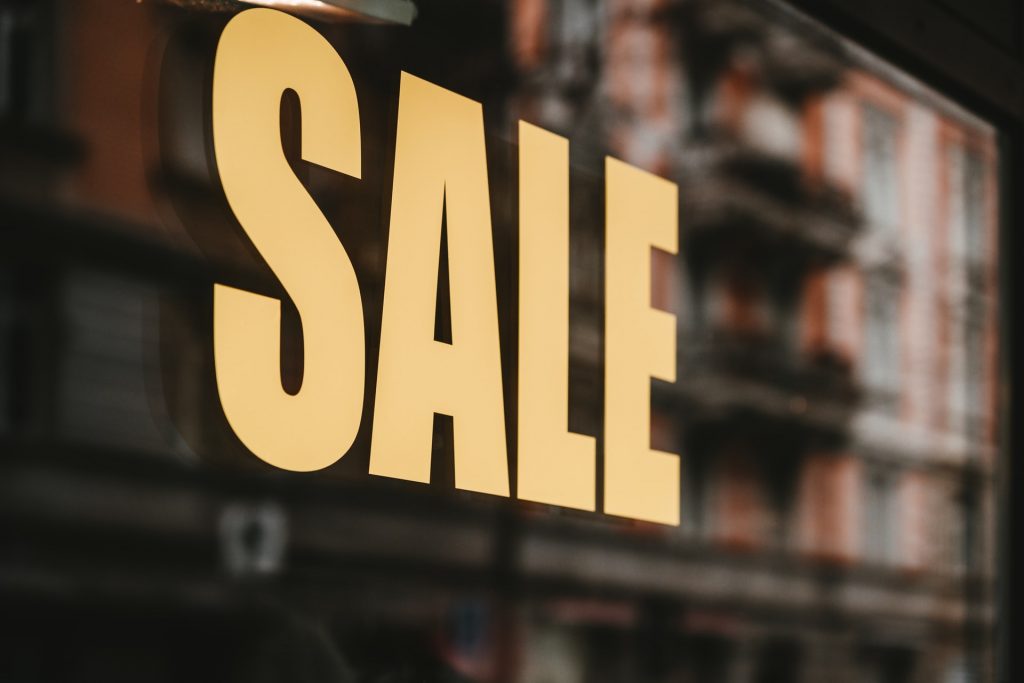
Unlike Stone, the San Diego craft brewer Modern Times was sold at an auction. During a 17 June auction, Brewery X from Anaheim, California, emerged as the winning bidder for USD 20 million. Brewery X apparently offered more than twice as much as an initial “stalking horse” bid made by Hawaii’s craft brewer Maui Brewing for a reported USD 7.6 million. Another bidder, the backer of North Carolina-based craft brewer TRU Colors, has since lodged an objection with the court, saying Modern Times should have been awarded to them as they had bid USD 21 million.
In February this year, Modern Times announced it would close four of its eight locations and lay off 73 members of staff because of financial difficulties. Per the website brewbound.com, Modern Times is sitting on more than USD 20 million of debt. It has also been looking for a buyer. Since no investors came forward, the brewery said in April that its lender, a bank, had commenced litigation that would lead to a court-ordered sale of the nine-year-old craft brewery.
Austrian market leader Brau Union under investigation for market abuse. The Federal Competition Authority (BWB) has confirmed that it carried out a search at Brau Union’s headquarters in Linz at the beginning of April this year. The watchdog told the Austrian TV network, ORF, on 23 June, that it had received complaints against Brau Union for market abuse which warranted the search. Brau Union is Austria’s major brewer with a market share of 58 percent. It has been fully owned by Dutch brewer Heineken since 2003.
The complaints were submitted by several regional beverage wholesalers. They said that Brau Union tried to pressure them to purchase not only its beers but also its wine, spirits, and non-alcoholic beverages. The practice is known as “bundling”. The wholesalers turned down the “offer”, as this would have resulted in a loss of profits. Next, Brau Union allegedly threatened the wholesalers with no longer providing them with beer. Brau Union would self-distribute instead. Market power in itself is not a problem, the watchdog said, but if the market leader uses its muscle and abuses its power, then it violates antitrust law.
Anyone wanting a 1.3 million hl brewery, which is located slightly off the beaten track and only suitable for export production? If interested, please apply to Oettinger brewery, Germany’s major producer of value brands. When the privately owned Oettinger Brewery announced in early June that it would close its brewery in Gotha, Thuringia, by the end of the year and make 200 of its 224 employees redundant, there was an outcry, not least from political bigwigs in Thuringia. Among the 16 Germany states it ranks 13th when it comes to its contribution to GDP: 1.8 percent in2020. The Gotha brewery, a former eastern German brewery, which was taken over by the Bavaria-headquartered Oettinger in 1991, was Thuringia’s largest.
Political leaders put out feelers to Germany’s major brewers, in the hope of persuading one of them to buy the Gotha plant. Predictably they were out of luck. With beer consumption in decline and the industry suffering from overcapacities, no one needs a brewery this size, which, on top of everything else, is located in the sticks and at least 200 km away from the nearest conurbation.
Oettinger must have realised that its Gotha brewery would be “unsellable” and decided to shutter it. Under political pressure it has since relented and said it would consider a sale. But to whom?
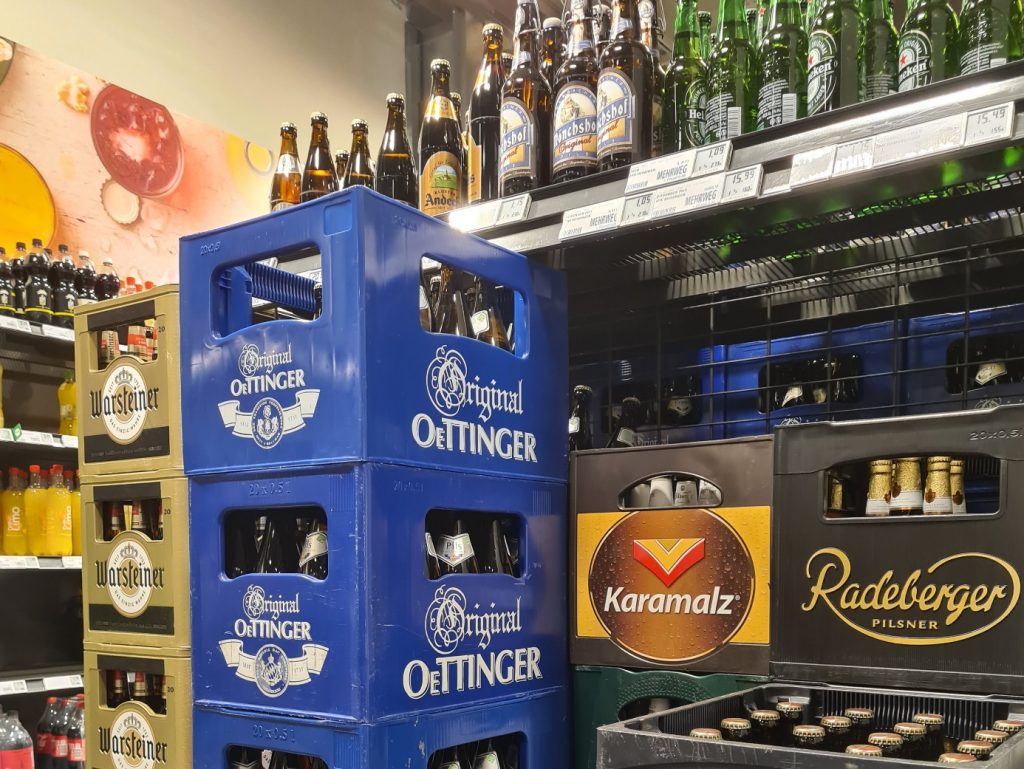
Heineken will close the historic Caledonian Brewery in Edinburgh, one of the oldest in the UK, saying it is not financially viable to upgrade its ageing facilities. It has entered into consultation with its 30 workers there. Already, Heineken has reached an agreement with rival brewer Greene King for the beers made at Caledonian to be produced at Greene King’s Belhaven Brewery in Dunbar, some 50 km to the east of Edinburgh.
It makes you wonder why Heineken has decided to close its only brewery in Scotland, when all the world is talking about the environmental impact of “food miles” and manufacturers’ carbon footprint. Is not the concept of consolidating beer production in one or two breweries per market outdated, as it means that beer is shunted up and down the country to reach consumers?
The news makes Caledonian the latest in a series of breweries to face closure since the pandemic hit. Recent casualties have included London Fields, whose owner Carlsberg has closed its doors and put it up for sale, as well as a clutch of smaller independents such as Fallen, Beatnikz Republic and Kelham Island.
Australian brewer Lion is selling its Fourpure and Magic Rock craft breweries and leaving the UK market to focus on the US, where it owns craft brewers New Belgium and Bell’s.
“Non” won: No alcohol at Swiss supermarket chain Migros. Migros’ 2.3 million cooperative members do not want to see alcohol on Migros’ shelves. In a vote they prevailed against Migros’ leadership. The administration of the Federation of Migros Cooperatives (MGB) wanted to lift the ban on alcohol, as did the ten regional administrations. Members could cast their vote until 4 June. The turnout was massive, Migros said on 16 June.
In total, more than 630,000 cooperative members took part in the ballots. This corresponds to a voter turnout of 29 percent. The opposition to alcohol was quite clear everywhere – most clearly in Zurich, where 80.3 percent said “no” to alcohol. The result was closest in the canton of Ticino, where only 55.3 percent voted no. The introduction of alcohol would have required a two-thirds majority.
And now? Will everything stay the same? Not quite: Migros is introducing a non-alcoholic beer simply called “Non”. Brewed in Switzerland, it will be available from 2023.
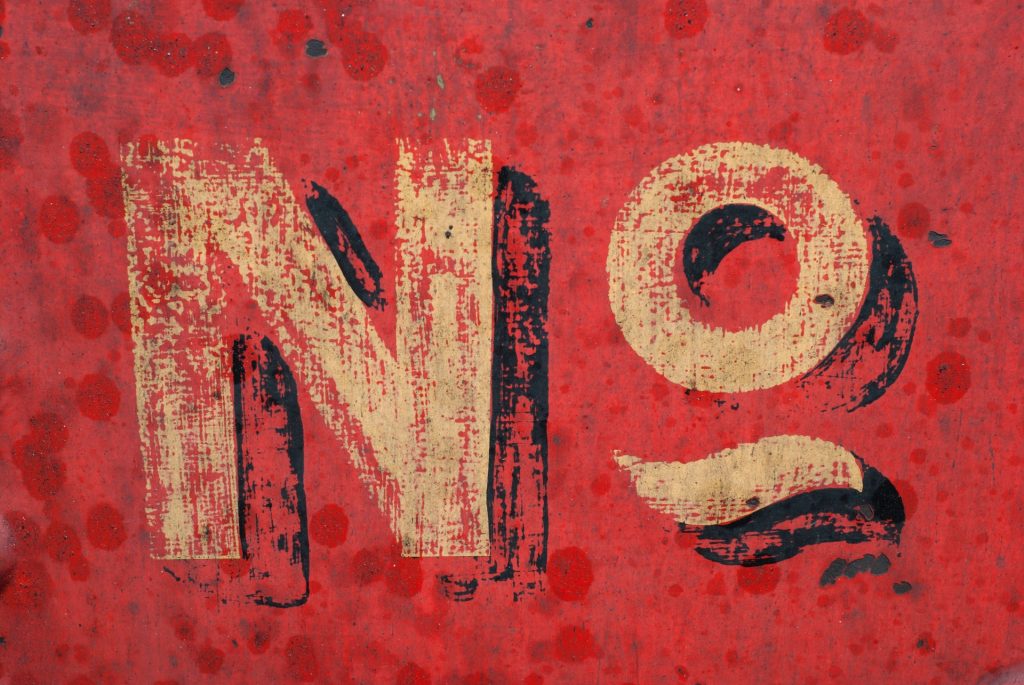
Belgian beer consumption rises in 2021 but still lags pre-pandemic levels. Belgians consumed more beer in 2021, which indicates a slow recovery from 2020, as the country did not shed its covid restrictions until early June 2021. Overall, 6.45 million hl beer were sold, an increase of 12 percent over 2020. In 2019, the 7-million-hl mark had been crossed, but lockdowns and restrictions kept beer consumption down.
The on-premise experienced another difficult year. Supermarkets sold nearly 4.5 million hl beer in 2021, a volume which comes close to the record sales of 4.6 million hl in 2011. In other words, off-premise sales represented 70 percent of total beer sales, pushing the off-premise’s share to 30 percent, from 42 percent before the pandemic.
However, almost three in four Belgian beers are destined for export, with total export sales of 17.5 million hl remaining stable over 2020 and 2021. Still, exports to countries outside the EU declined 12.6 percent in 2021.
Despite the pandemic, the number of Belgian breweries continued to rise to 408, from 379 in 2020.
Boston Beer moves into cannabis-infused iced teas. Have consumers not heard the message that cannabis beverages are providing an accessible new route to legal cannabis enjoyment for those reluctant to chew an infused gummy or light a pre-roll? Besides, they tend to onset quicker, hit lighter, and do not last as long as edibles do.
Apparently, the news still needs to sink in with Canadian consumers. Because, after the first launches of such drinks in January 2020, sales have risen to only CAD 8 million (USD 6.3 million) per month (!) in 2021. In both Canada and the US, cannabis beverage account for perhaps 2 percent of legal cannabis sales.
Therefore, producers of cannabis beverages need to be in for the long haul. This also applies to Boston Beer. In July, the US brewer will launch a line of cannabis-infused iced teas, called TeaPot, in select Canadian provinces. Boston Beer said that each 355 ml can of TeaPot contains 5 mg of THC. The offering is crafted to minimise any cannabis taste or aroma.
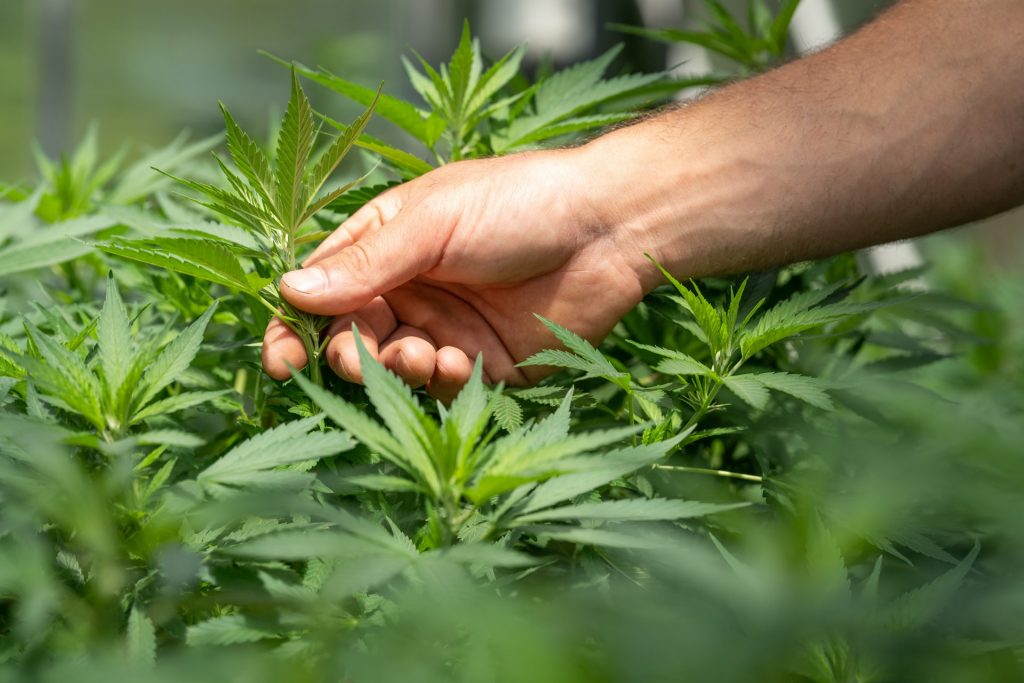
Coronavirus restrictions in the UK were lifted from early 2022 and the hospitality sector is recovering. Key issues going forward are labour shortages, concerns about the impact of inflation on consumer confidence and high debt (House of Commons Library report “Hospitality industry and Covid-19”, 11 May 2022).
Pundits say that even those businesses that have survived the pandemic are in a precarious state and will remain fragile for several years. The sector has around GBP 10 billion (USD 12.3 billion) of covid-related debt outstanding and will undoubtedly see business failures over the next two years. Even as BrewDog opens new bars at a rapid pace, the total number of pubs continues to decline. Let’s just hope that “revenge conviviality” – punters rushing back to the on-premise – is here to stay (for a while yet).
BrewDog narrows loss as revenue rises to GBP 286 million in 2021. On 30 May 2022, the Scottish firm reported a GBP 5.5 million (USD 6.8 million) operating loss for 2021 – although this was down from a GBP 6.8 million loss in 2020 – as revenue was up 21 percent to reach GBP 286 million (USD 350 million). Adjusted EBITDA rose 79 percent to GBP 14 million (USD 17.5 million) in the year ended 31 December 2021. Profit margins grew to 53 percent, from 48 percent in 2020. Total beer volumes were up 23 percent over 2020 to reach 962,000 hl, largely driven by the UK, Germany, and Australia.
The company made 839 new hires in 2021, bringing the total workforce to 2,346. Average salaries across the company rose 3 percent in 2021. CEO James Watt drew attention to the recently announced Blueprint plan (May 2022). It saw him give away a 5 percent stake in the company (or a firth of his own stake), which is worth just under GBP 100 million (USD 123 million), to salaried team members over four years. BrewDog will also share 50 percent of bar profits evenly with staff.
The Blueprint plan has had its desired effect. While the UK is experiencing an acute labour shortage, with 1.3 million job vacancies reported in the first quarter 2022, BrewDog has since been inundated with more than 1,000 job applications.
UK sales of low- and non-alcoholic beers almost doubled in five years, but will remain niche. The category now accounts for 3.1 percent of the UK’s beer market, IWSR said, compared with 2.7 percent globally. Most consumers seem to consider these beers an adult soft drink rather than a substitute for proper beers, IWSR argued.
UK innovations such as BrewDog’s Nanny State, launched in 2011, and Adnams’ Ghost Ship, launched in 2012, probably drove the category before Heineken’s introduction of the 0.0 version of its flagship brand in 2017. It also helped the segment expand that the technology behind low- and non-alcoholic beers has improved.
However, IWSR expects low- and non-alcoholic beers to remain an “interesting niche”, akin to speciality beers, rather than acquire a large chunk of the beer market.
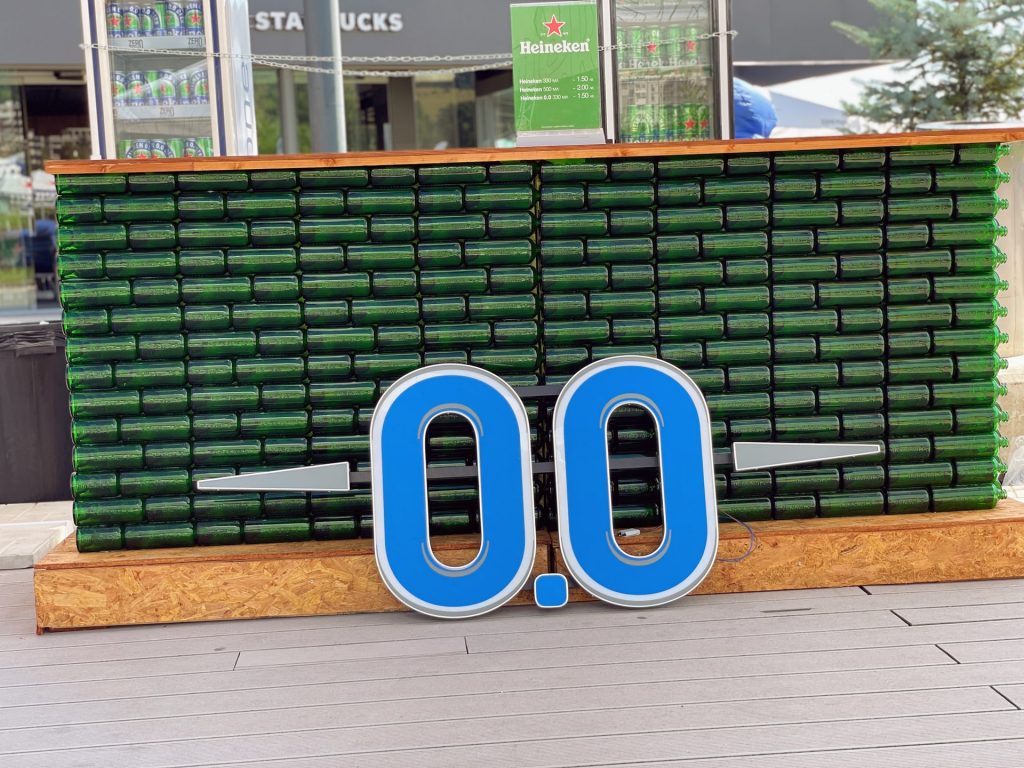
AB-InBev concedes that that it will miss target for non-alcoholic beers. Outside of events like Sober for October and Dry January, is there a potential for the low- and no-alcohol category to become mainstream? AB-InBev thought so when, in 2016, it set itself the target that by 2025 one in five of its beers should be low or non-alcoholic. It has since admitted that it will miss this target. Its chief sustainability officer, Ezgi Barcenas, told Reuters that “we are a little over 6 percent still,” adding: “We are off track.”
With a portfolio of more than 80 low- and non-alcoholic beers, AB-InBev has reached the 20 percent target in some countries, such as China and Panama, but it is still lagging in many others.